By Doyle Sumrall, NTEA Managing Director
This article was published in the August 2016 edition of NTEA News.
NTEA recently visited members in northern Texas and southern Oklahoma to learn more about their businesses and regional markets. Like others in the industry, they are focused on getting enough of the right trucks, finding and keeping good employees, and preparing for upcoming economic and market changes.
Notably, every company we visited had overcome the recent oil industry downturn. This is not unique, but the region seems harder hit than some areas in North America. An insight they gained from their experiences points to the need for diversification.
Many businesses come to this conclusion at one point or another — often due to a reason perceived to be positive. For example, a great customer keeps giving you more business, and since you don’t want them to go to a competitor, you build up the relationship. Or, you’re in a region where commerce relates to an industry segment like oil and gas or mining. Or, you have an individual product that’s booming, so you put all of your energy into it. Whatever the circumstances, the result is a lack of diversification.
While some companies struggle to expand their portfolio and retain a foothold, the members we visited reached a point of recovery and are moving forward from being heavily concentrated on the oil and gas market.
Commercial Body & Rigging
Commercial Body & Rigging initially built work trucks for the oil field. Offered in varying sizes, they are complex pumping and injection vehicles that require electronic controls. While the company continues to build a limited amount of these vehicles, more focus has been placed on fabrication and growing business with other industry segments.
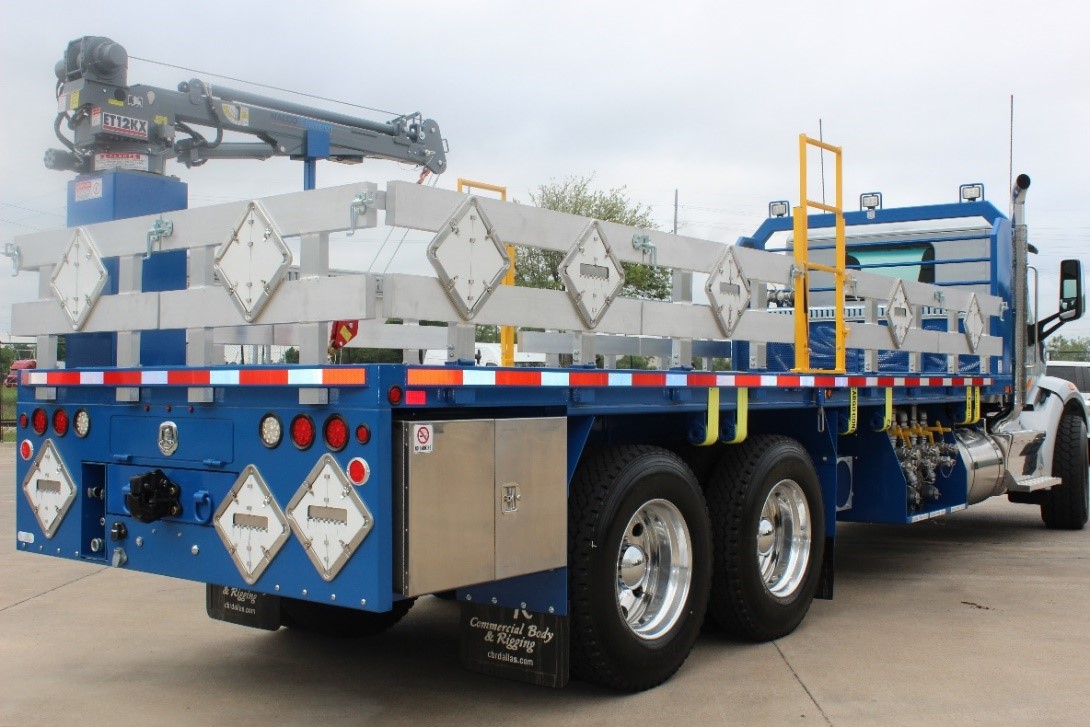
A Commercial Body & Rigging oil field truck.
As part of its diversification, Commercial Body & Rigging entered the high end of drawer fabrication. It offers a custom-designed, two-button release to keep fingers away from pinch points. The company created a similar design in a stack formation for use in service bodies and underbody boxes.
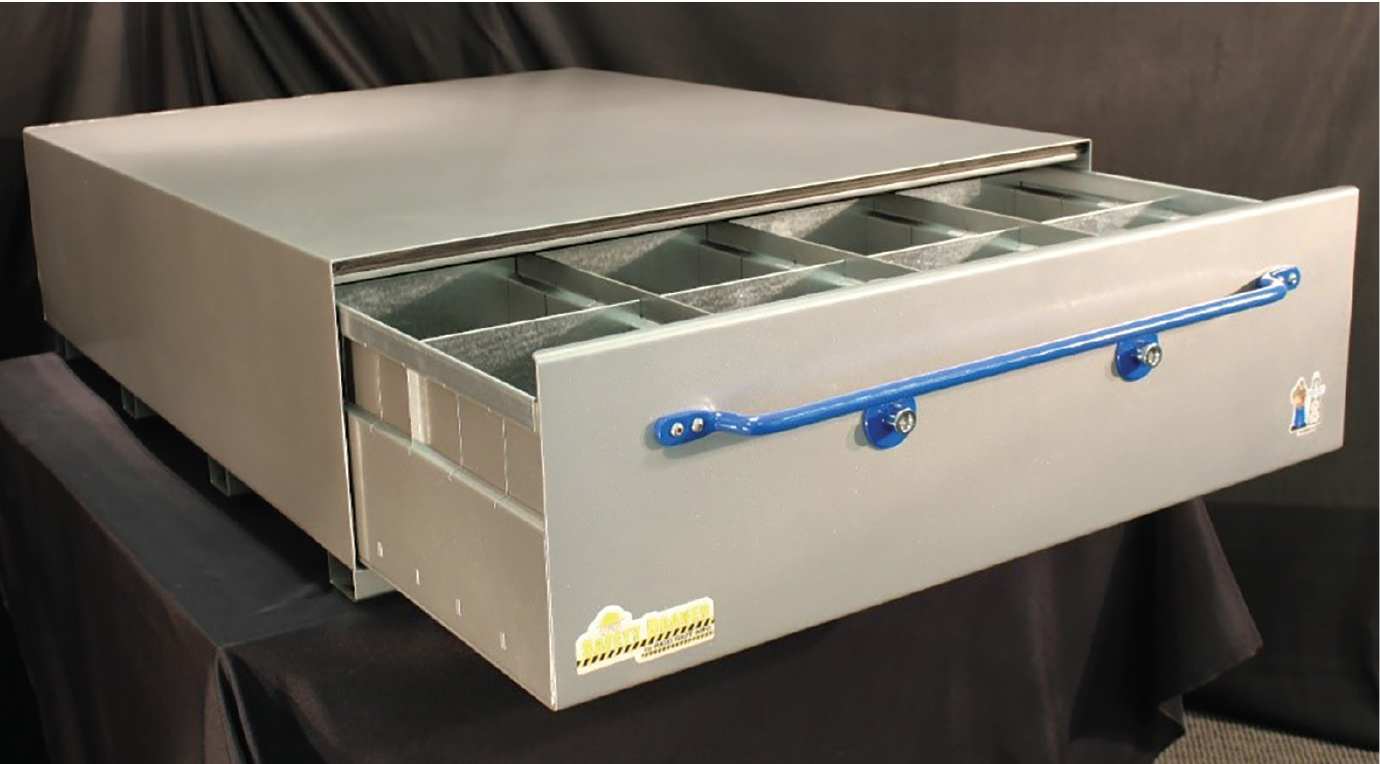
Commercial Body & Rigging incorporated a two-button release that keeps fingers away from drawer pinch points.
CM Truck Beds
CM Truck Beds implemented a continuous flow line design for body production — incorporating labor-saving devices, breaking up construction elements into balanced work segments, and integrating quality and finish features. This process gives the feeling of an automotive line.
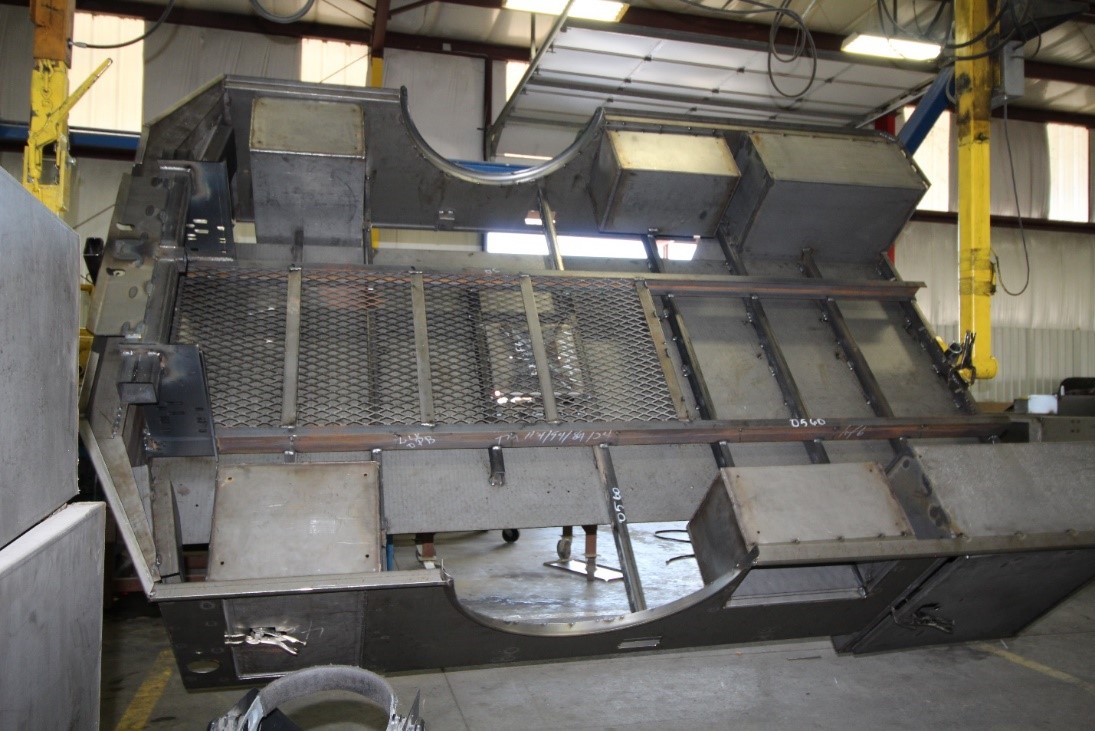
Continuous flow production line at CM Truck Beds.
The bodies begin upside down — with the floor on the bottom and the understructure added, along with side skirts and underbody boxes. Midway down the line, two arms are suspended from the ceiling to quickly and smoothly turn bodies right side up.
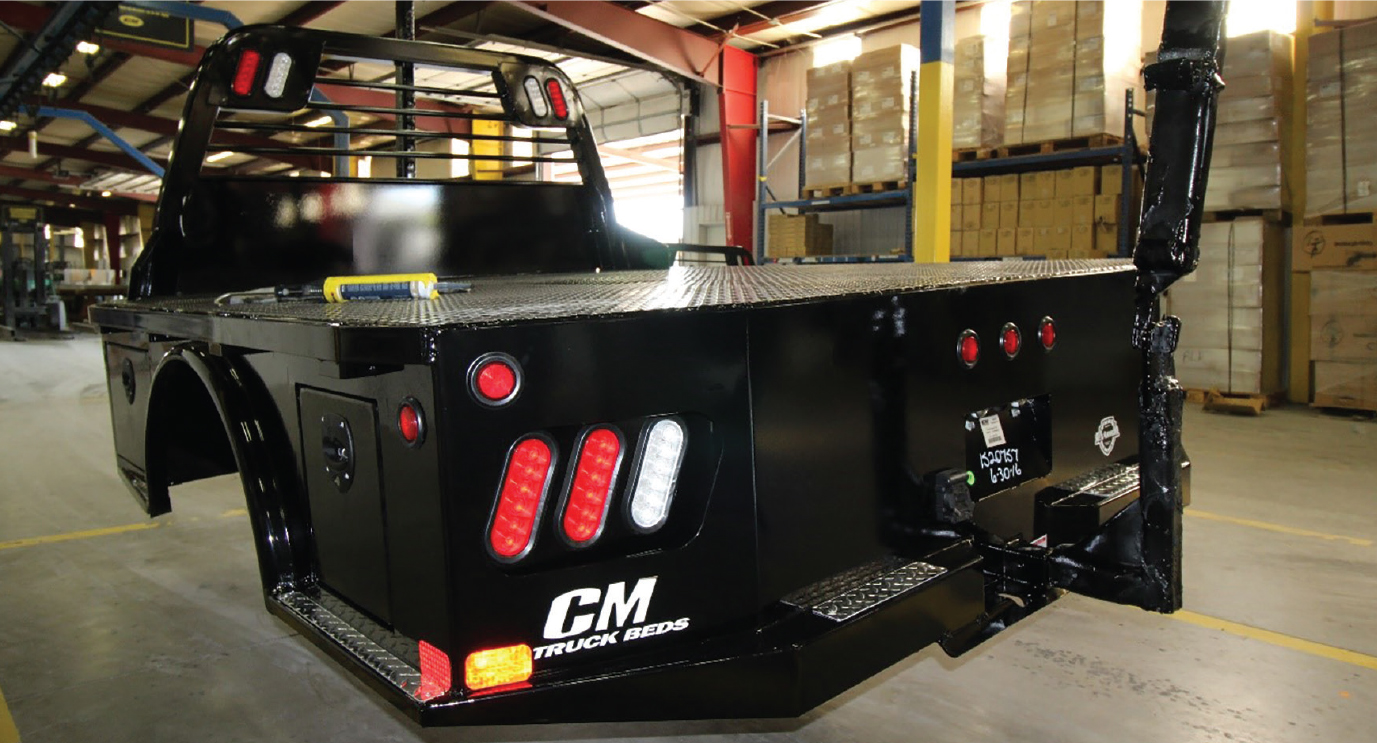
Two arms suspended from the celling turn the bodies in the production line at CM Truck Beds.
In the last station, bodies receive final inspections, touchups and decals. A forklift moves them to inventory or shipping.
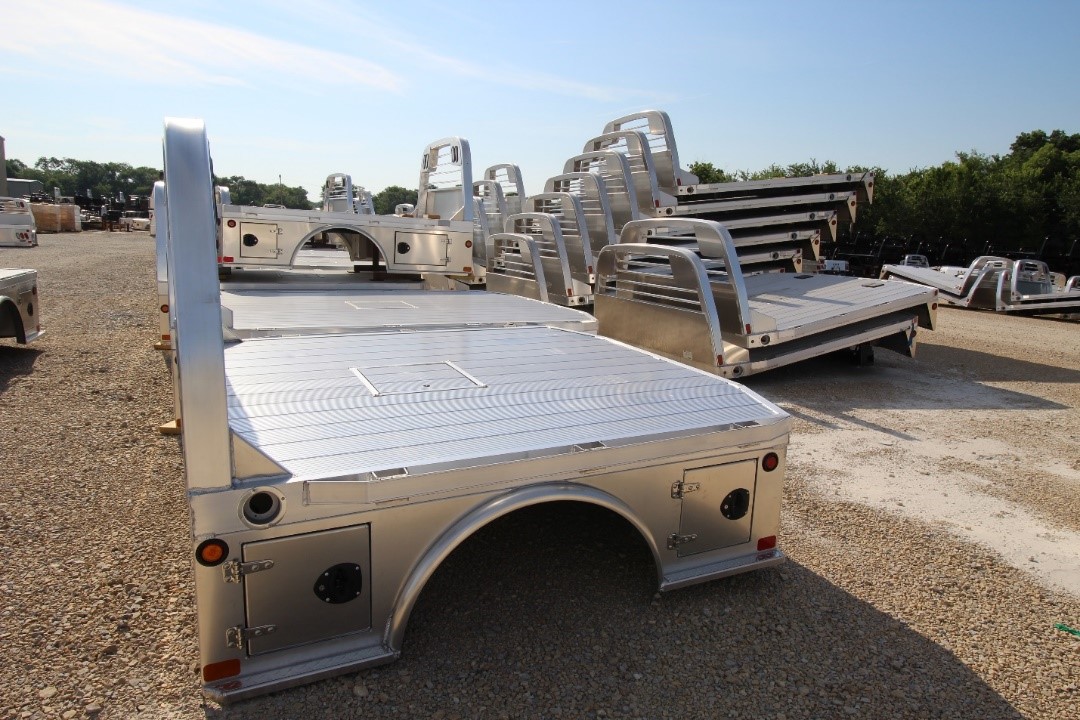
CM Truck Beds body.
In addition to customizing steel bodies for each chassis with front racks that follow the cab contour, CM Truck Beds added all aluminum to its offerings to help with unloaded weight and maximize payload. Steel and aluminum bodies can have hideaway fifth-wheel hitches and tow hitches integrated into the rear skirt.
Knapheide
Knapheide, which has two truck equipment centers in the area, added van body production to its product offering. Although it is a job shop environment, the team implemented lean practices throughout the operation.
The business uses a variety of visual cues, such as a measurement board with quality alerts. Placed in a centralized location in the shop, it keeps employees up-to-date on progress and calls out any issues.
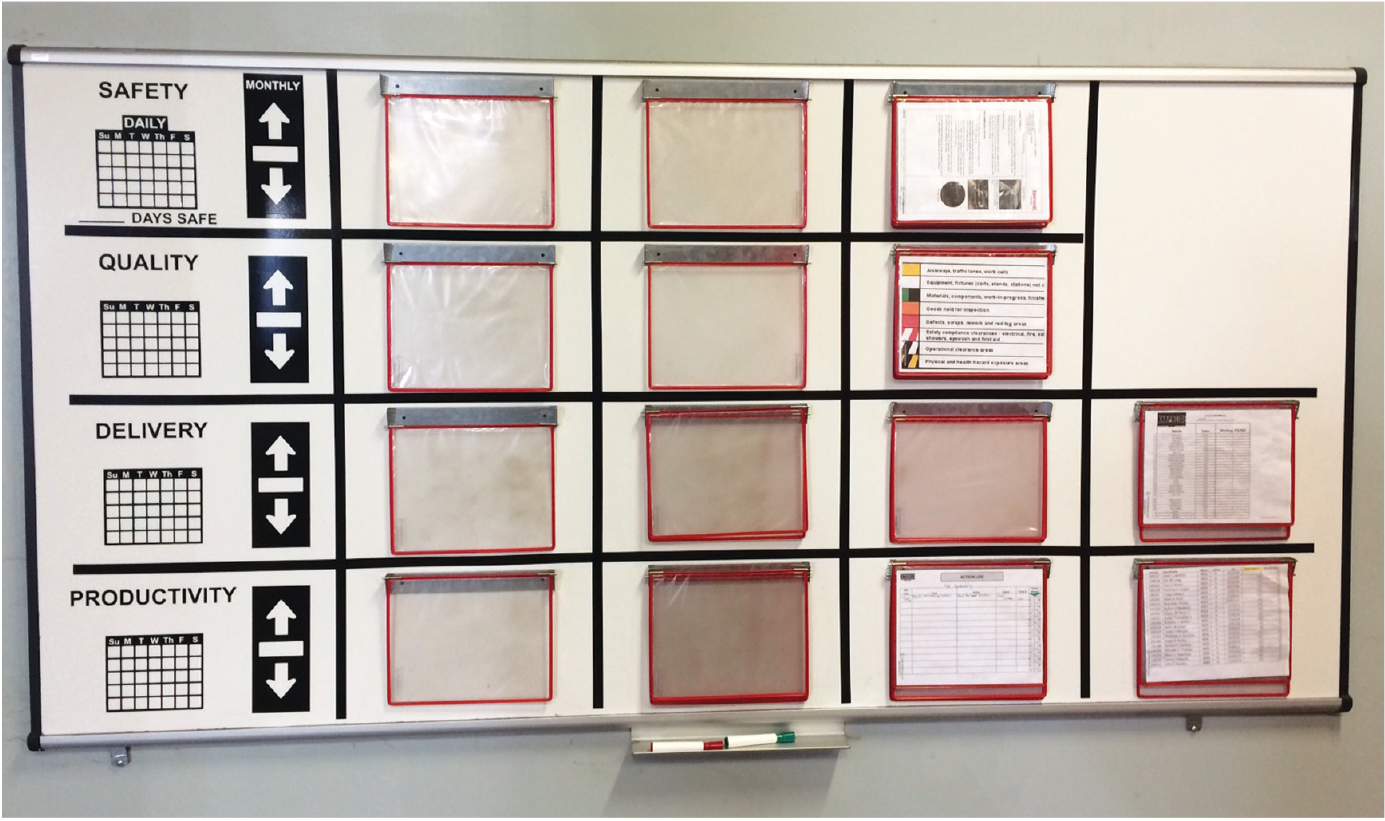
Knapheide’s measurement board with quality alerts.
Tim Vines, sales manager, highlighted another visual prompt. He said the team analyzed their most common errors — with the goal of eliminating them before reaching customers — and used the results to create quality boards for welding and electrical. Employees drafted a list of things that are unacceptable, along with proper welds and electrical connections, for company-wide reference.

Knapheide quality board.
J&I Mfg. Inc.
Jim Williams, president of J&I Mfg. Inc., is taking diversification to a new level. While the company makes truck beds, Jim and his sons run a unique operation catering to farmers, ranchers, and others in Oklahoma and the surrounding region. Their fabrication and steel-buying expertise has been used to support the community and grow the business.
In addition to building and stocking flatbeds and hay bodies, J&I makes steel bridges and buildings. In every case, the team adds their expertise to the designs and tailors products based on regional requirements. The company also specializes in fast delivery.
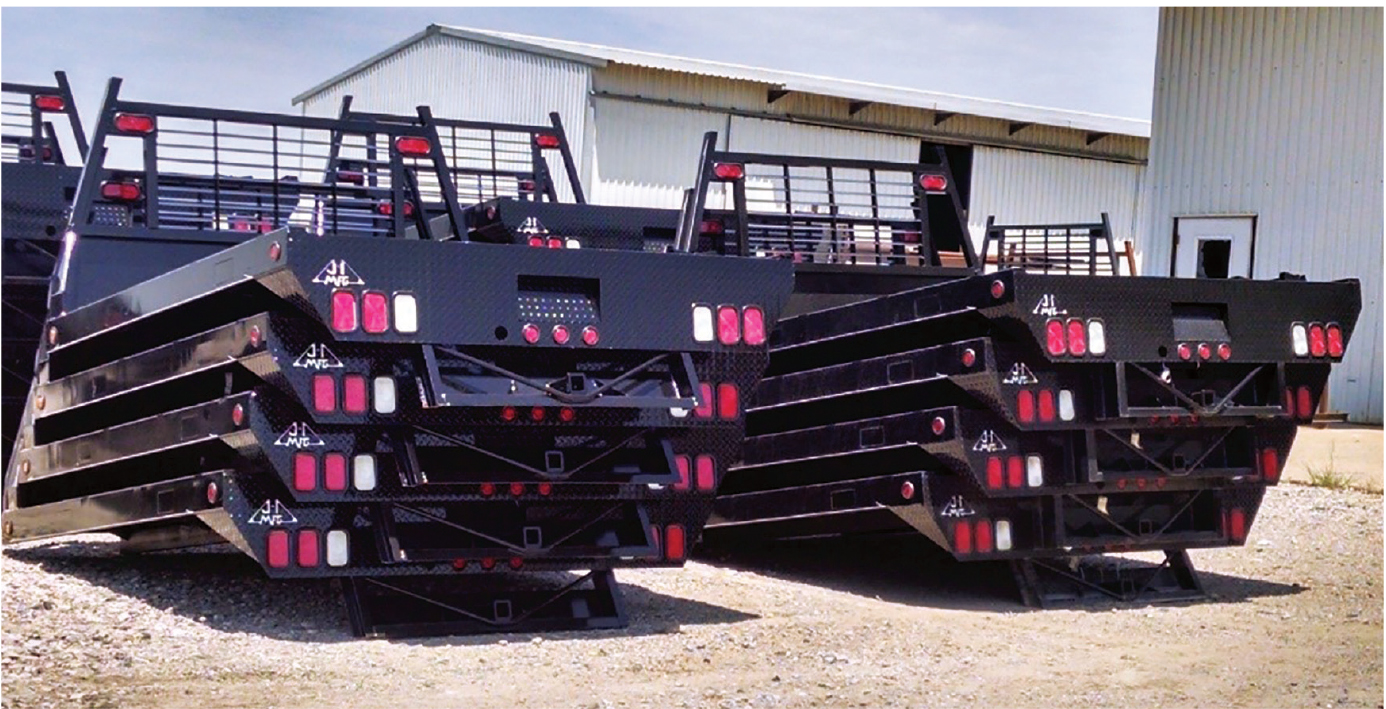
While J&I Mfg. Inc. builds and stocks flatbeds and hay bodies, the company also makes steel bridges and buildings.
Supreme
Supreme took a different path to expansion, moving into armored vehicles. The photo below shows a more traditional armored truck, which gives a sense of security.
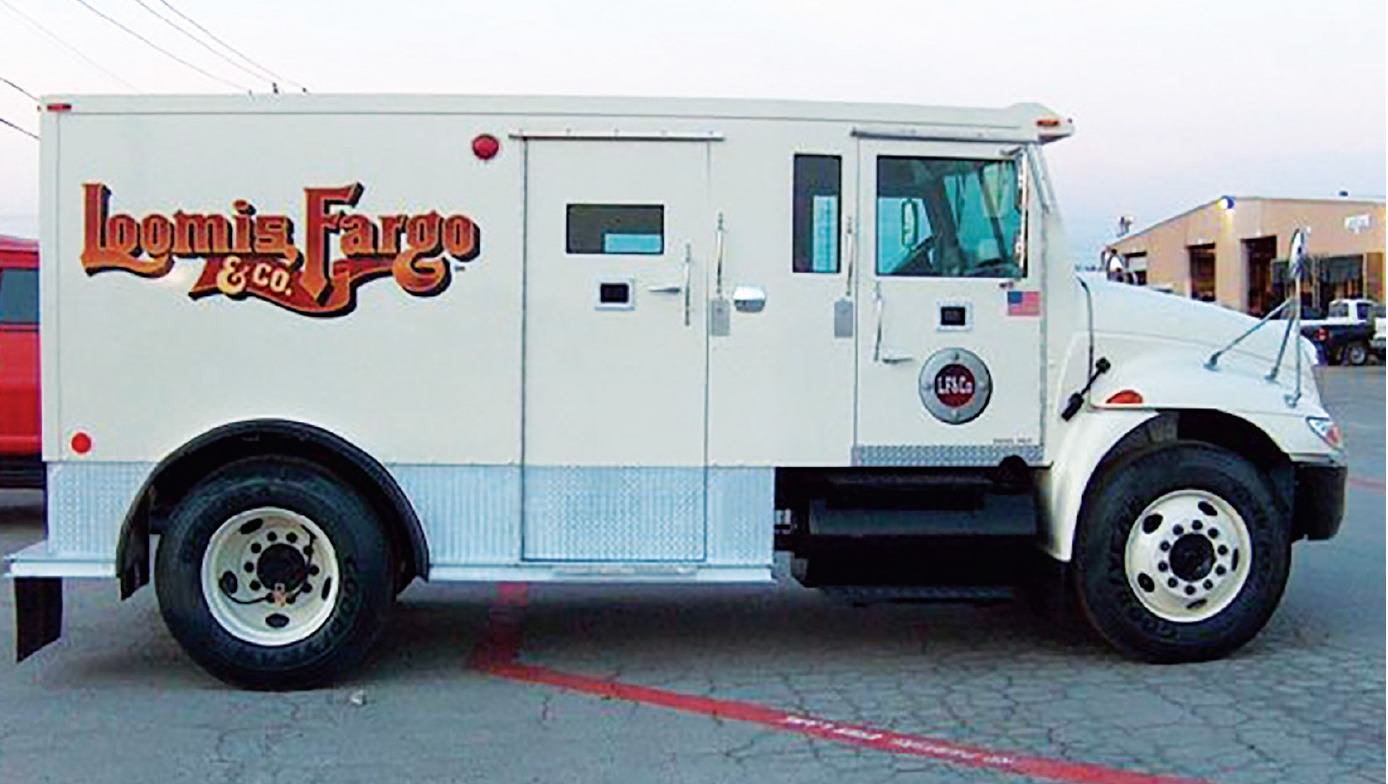
One of Supreme’s armored vehicles.
But strength isn’t always so visible. Walking through the shop, there are vehicles that look like standard box vans or straight trucks with van bodies. Closer inspection reveals full body armor ranging from lightweight Kevlar linings to heavy ballistic glass and plate. The combinations and applications are seemingly endless, and Supreme is leveraging its experience to support such customizations.
Many industry companies have equally interesting stories, and we hope to share more in the future. No matter what the approach, diversification can be an important part of balancing
a business.
If you have any questions, contact Doyle Sumrall at doyle@ntea.com